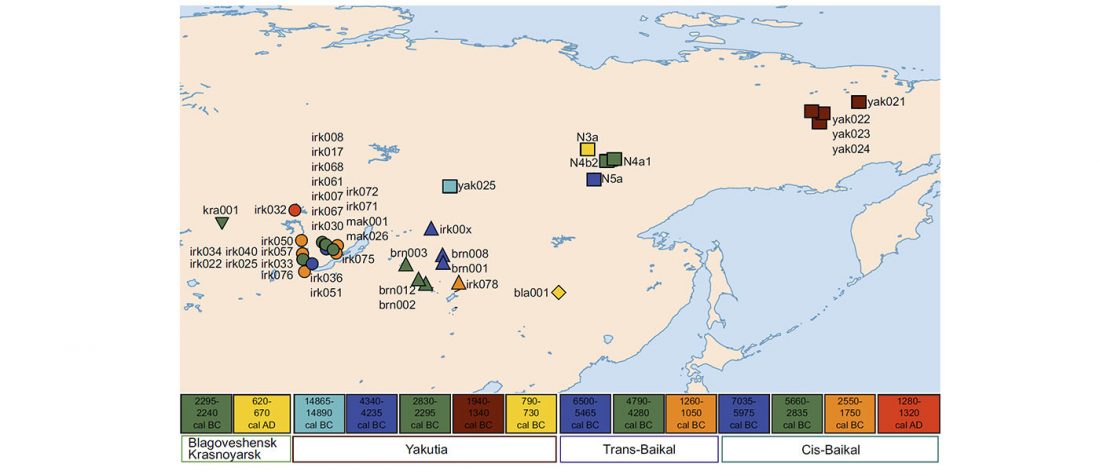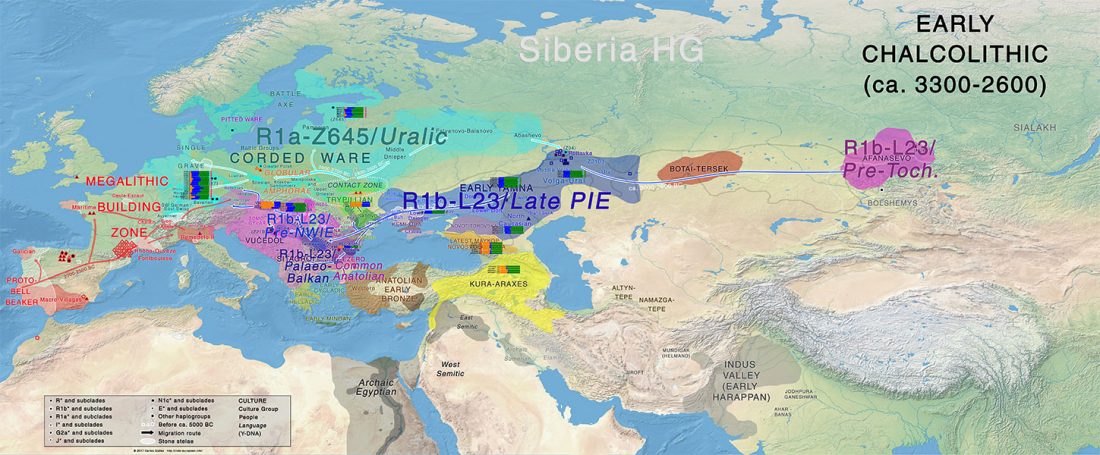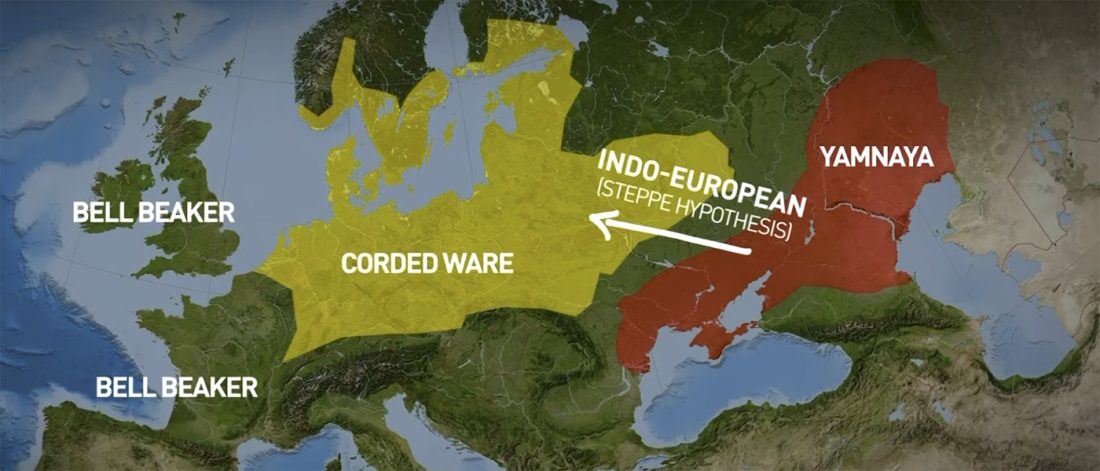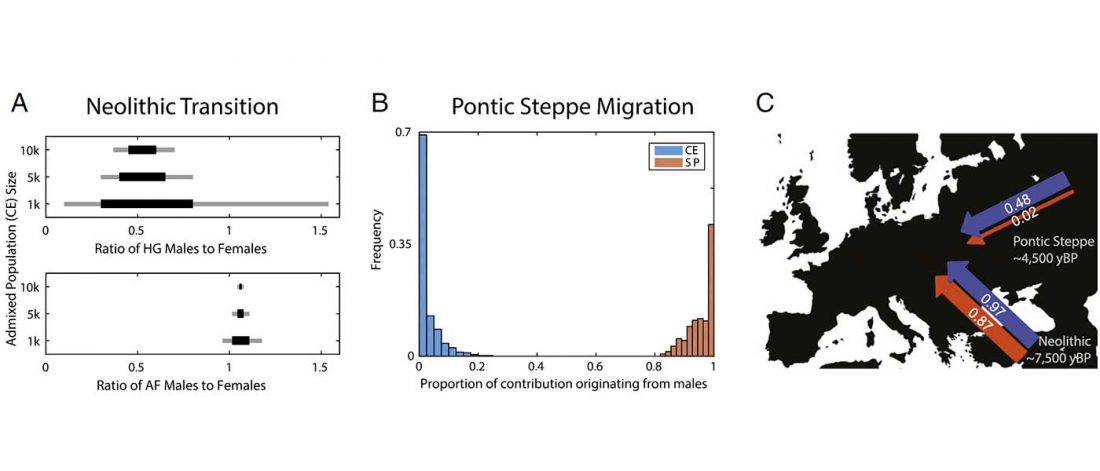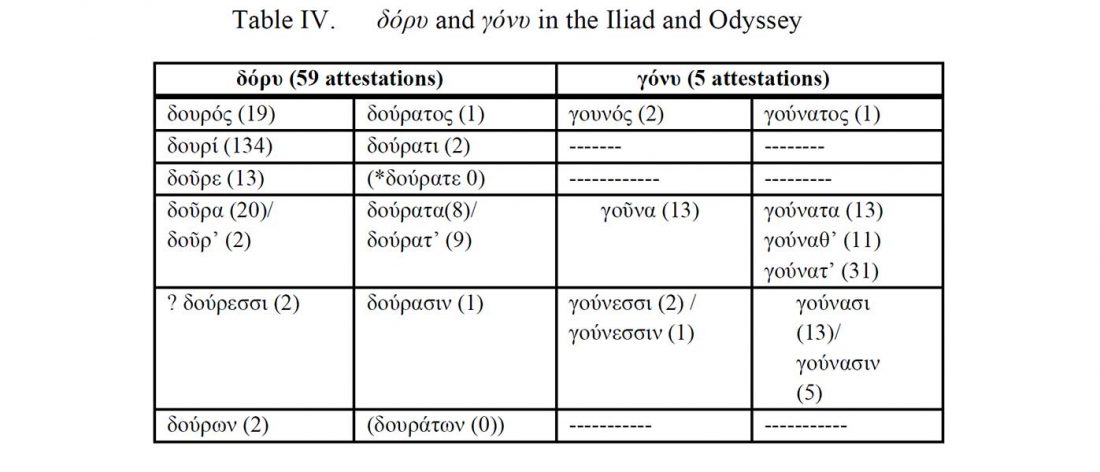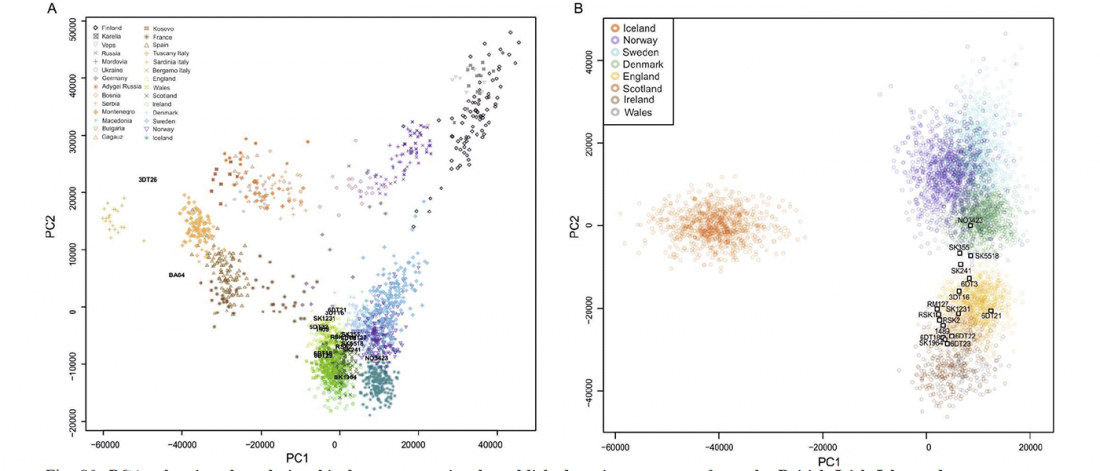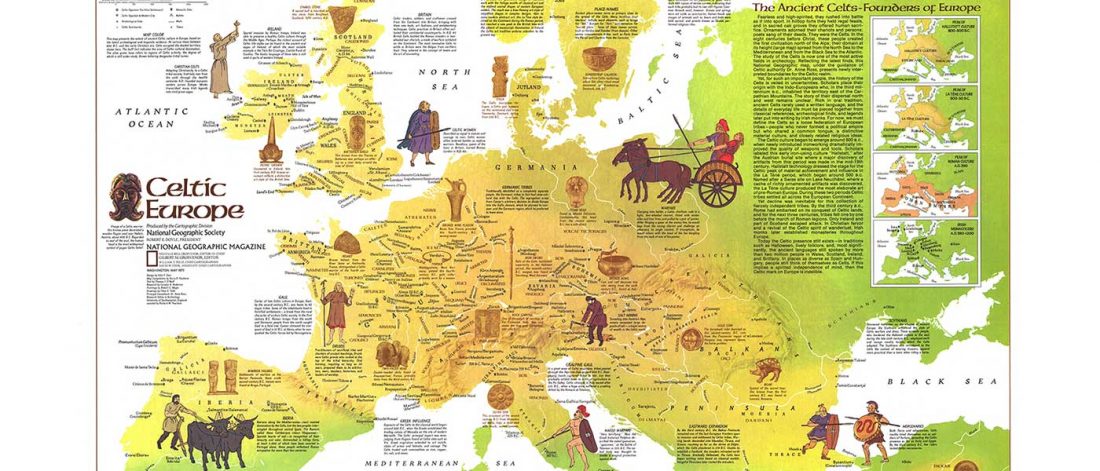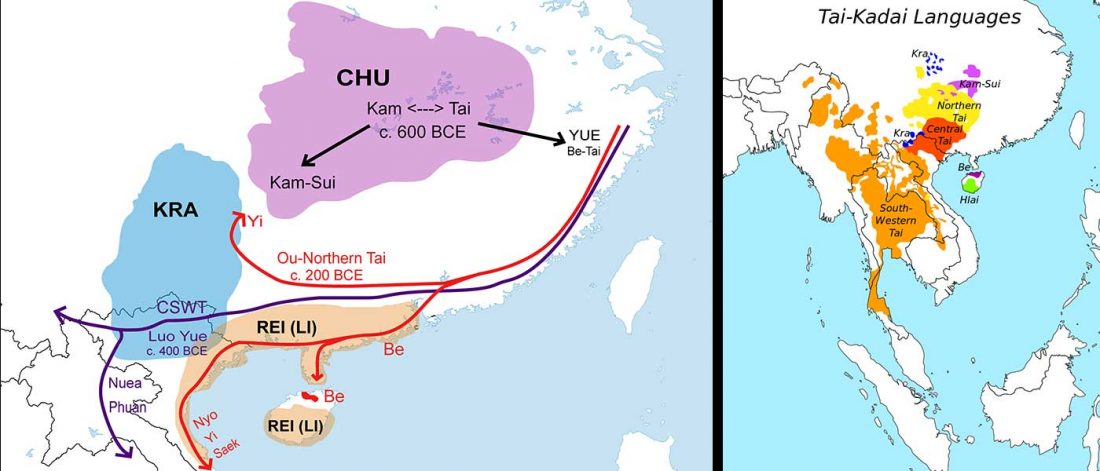North Asian mitogenomes hint at the arrival of pastoralists from West to East ca. 2800-1000 BC
Open access Investigating Holocene human population history in North Asia using ancient mitogenomes, by Kılınç et al., Scientific Reports (2018) 8: 8969.
Abstract (emphasis mine):
Archaeogenomic studies have largely elucidated human population history in West Eurasia during the Stone Age. However, despite being a broad geographical region of significant cultural and linguistic diversity, little is known about the population history in North Asia. We present complete mitochondrial genome sequences together with stable isotope data for 41 serially sampled ancient individuals from North Asia, dated between c.13,790 BP and c.1,380 BP extending from the Palaeolithic to the Iron Age. Analyses … Read the rest “North Asian mitogenomes hint at the arrival of pastoralists from West to East ca. 2800-1000 BC”
